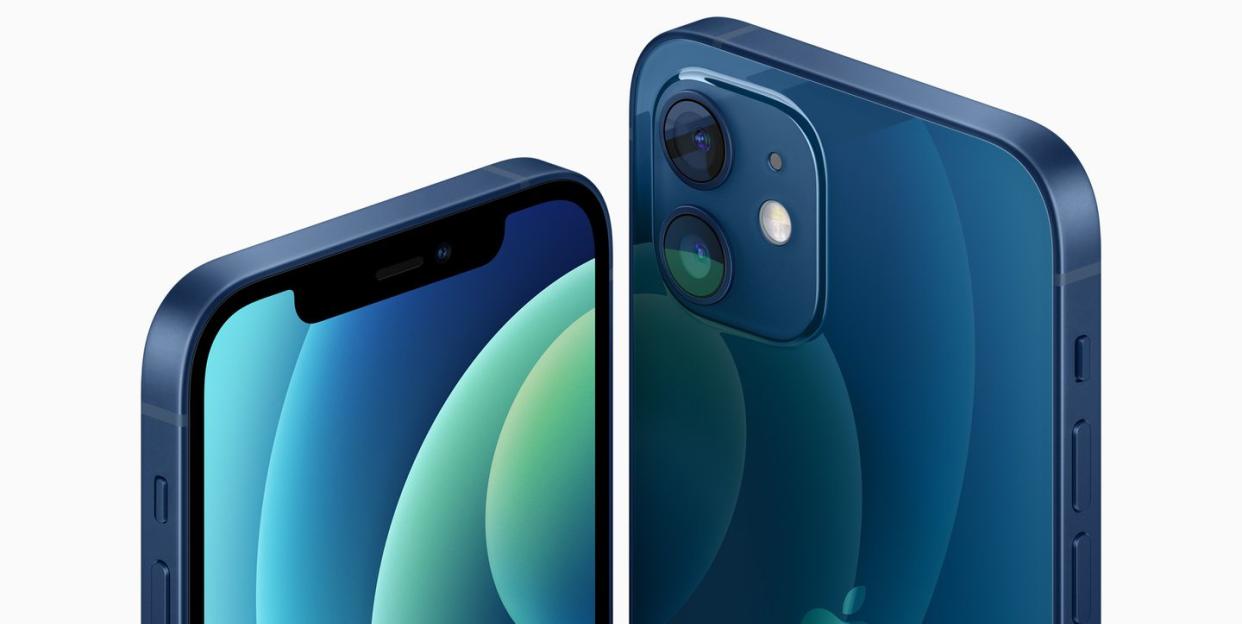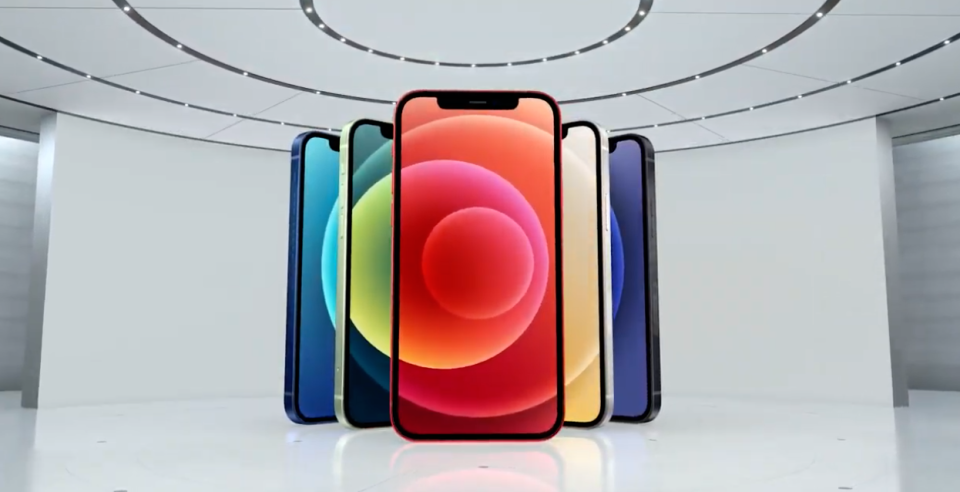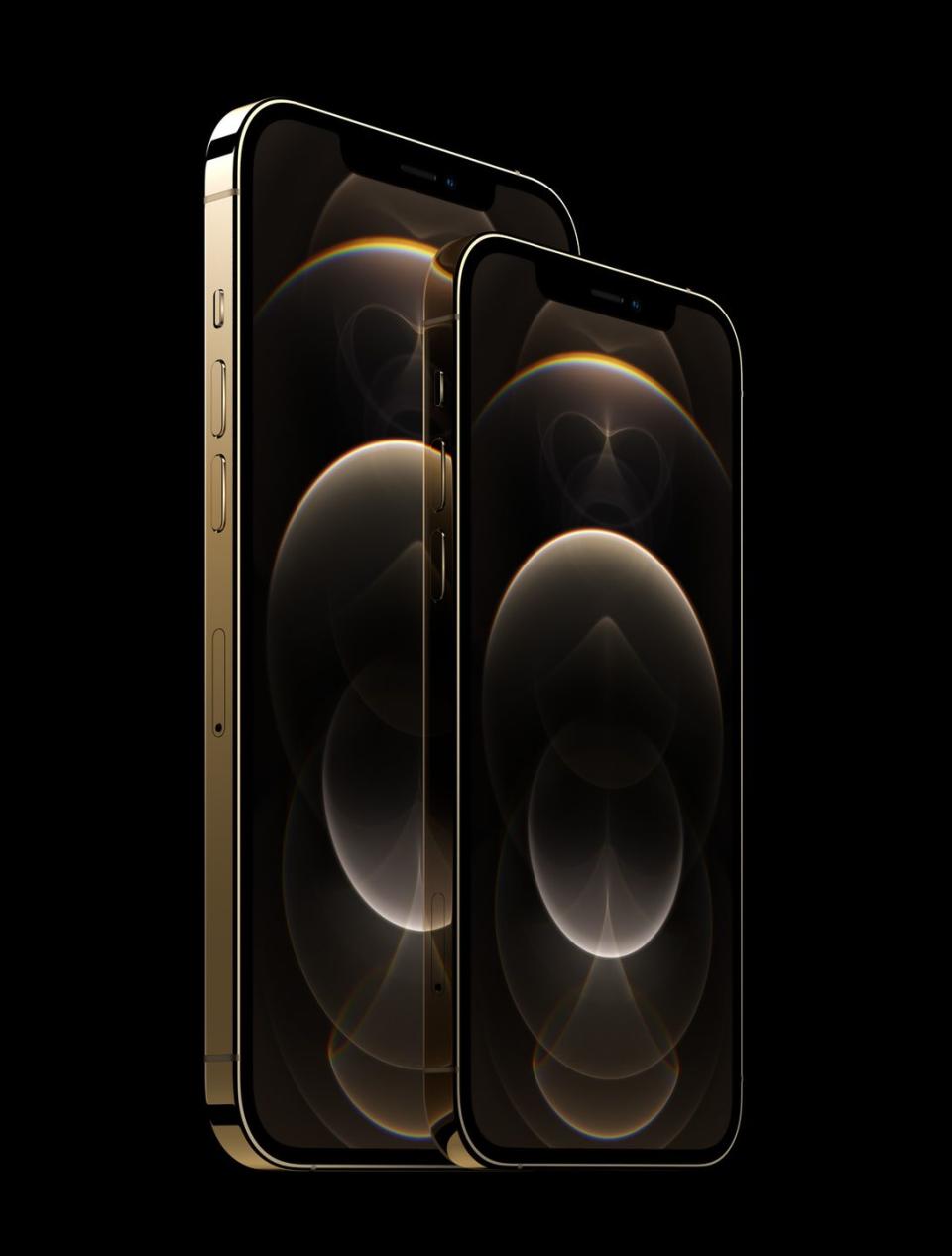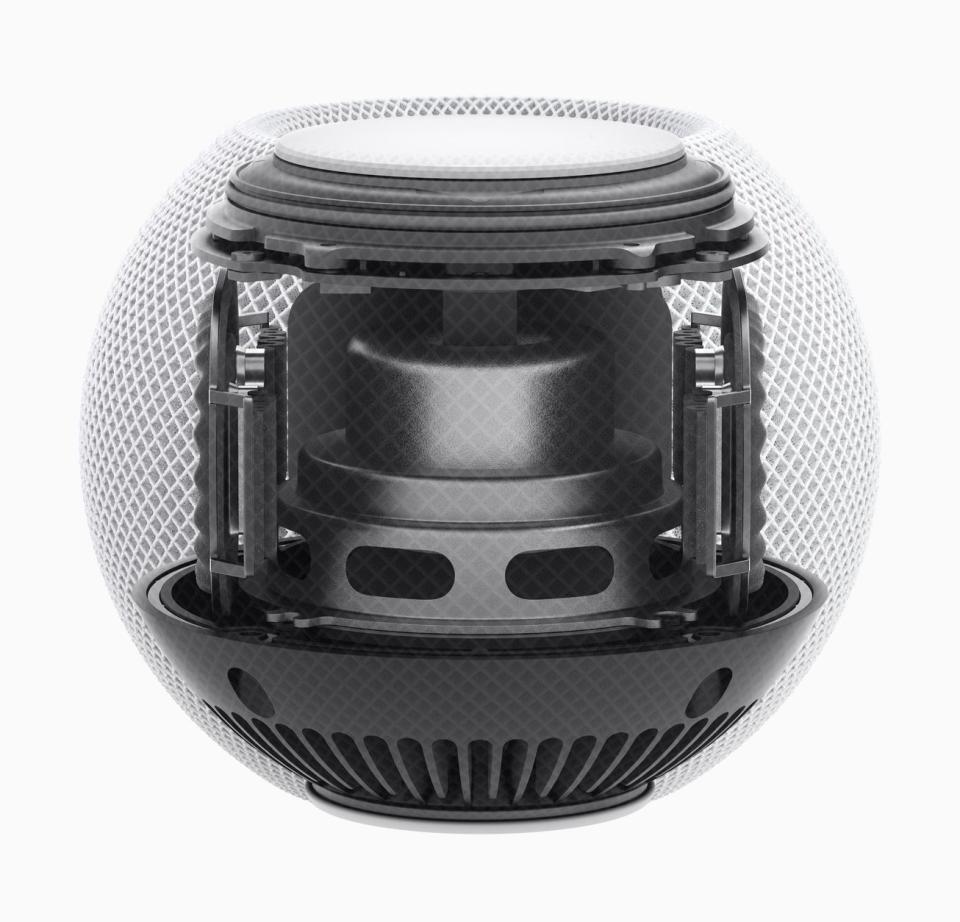Should You Buy the New iPhone 12?

Apple announced its latest class of iPhones during a livestream event this afternoon, debuting the iPhone 12, iPhone 12 Mini, iPhone 12 Pro, and iPhone Pro Max.
The most significant new feature of any of the phones is the addition of 5G compatibility, which promises to bring more speed, less latency, and better features.
Outside of that context, and the new colors, you could almost mistake most of these phones for the iPhone 11 or iPhone 11 Pro Max—so you probably don't need an upgrade.
If 2019 was a blowout year for the iPhone—with the advent of a new triple camera array, support for wireless charging, and Apple Arcade—2020 has been a comparative yawn.
During a virtual announcement this afternoon, Apple announced its new class of smartphones, including the iPhone 12, iPhone 12 Pro, and iPhone 12 Mini. Generally, you'll want to think of these devices as slightly slicker versions of the iPhone 11, iPhone 11 Pro Max, and iPhone SE: There's not much that really stands out about any of the devices, and you certainly don't need to upgrade if you have a device from last year.
📲 You love gadgets. So do we. Let's nerd out over them together.
In typical Apple fashion, the company has made some leaps and bounds that are invisible to the average consumer, including a new A14 bionic chip and, of course, 5G compatibility. Arguably, those technologies are pretty much the only differentiators between this year's iPhones and last year's models—minus the new color options. Unless you have a gluttonous appetite for speed, you can probably skip this iPhone.
iPhone 12/iPhone 12 Mini
Despite the fact that the iPhone 12 has been completely rearchitected from edge to edge to pack in new components to make the handsets 5G-compatible, it's almost completely indiscernible from the iPhone 11. And that's a good thing! They're pretty sharp devices.

Apple being Apple, though, there are still the slightest aesthetic changes to the devices, including smooth, flat edges that differ from the iPhone 11's more rounded corners, and a suite of new colors: black, white, Product (RED), green, and blue.
The iPhone 12 display comes in at 6.1 inches, just like the iPhone 11, but it has a smidge of an upper hand when you hold it and feel it. It's 11 percent thinner and 16 percent lighter than its predecessor. That display also features twice as many pixels as the iPhone 11, meaning text is easier to read, photos have more detail, and there's added support for HDR (high dynamic range) video formats like Dolby Vision and HDR 10.
The iPhone 12 Mini comes in at 5.4 inches, but its size is the only thing that makes it different from the iPhone 12.
If you're a serial phone dropper, fear not—or at least, fear less. Apple has worked with Corning Inc. to reengineer a "cutting edge material" for the front display glass, called Ceramic Shield, which promises four times better drop performance. The material supposedly goes "beyond glass," due to a new high-temperature step in the fabrication process that actually grows nano-ceramic crystals inside of the matrix-like structure of the glass.
And of course, there's the addition of hardware and software that make the iPhone 12 compatible with 5G technology, also known as the fifth-generation technology standard for wireless communications—basically, the next step up from LTE. Apple claims its new phones will be able to access the most 5G bands of any smartphone on the market, meaning they can clock in max speeds of about 4 gigabits per second, even in crowded stadiums.
Credit where credit is due: Apple came up with a clever software solution to a unique hardware problem that comes along with 5G. Because smartphones are packed with switches that perform duties like hopping back and forth between different networks and spectrum frequencies (4G to LTE, to WiFi, to Bluetooth, etc.), the batteries can drain much faster with 5G use.
To combat that grim problem, Apple overhauled its entire software stack to come up with Smart Data mode, which helps to extend battery life in this challenging circumstance by using machine learning to access 5G when necessary, while deferring to LTE in other circumstances.
Apple says it's completed 5G testing with its new devices across 100 different carriers worldwide. In the U.S., the company's premier partnership is with Verizon, which offers "Ultra Wideband," a high-frequency version of 5G that is useful for extremely populated areas, like Times Square in New York City.
The phones include a few other new features, including:
➡️ MagSafe:

If you've used a wireless charger with your iPhone 11 before, you've probably had the unpleasant experience of waking up to a drained battery. It's nothing to do with the wireless charging capability itself, but rather, the fact that if the phone isn't perfectly aligned with the charger, it won't get any juice.
Apple's MagSafe system helps snap the iPhone 12 models right into place on their wireless charging docks, and also enables a whole new series of accessories that can easily snap on, from silicone cases to leather wallets.
➡️ A14 Bionic chip: Building on Apple's last generation of silicon, the A14 Bionic chip is the first in the industry to have been built on a five-nanometer process, meaning that even more transistors can be packed into the tiny electronic. It features over 11.8 billion transistors, representing a 40 percent leap from the A13 Bionic chip on the part of the engineering team.
The Computer Processing Unit (CPU) and Graphics Processing Unit (GPU) benefit from 50 percent faster speeds, so games and computational photography features are quick and powerful. Plus, the chip packs in a 16-core Neural Engine, which has led to an 80 percent increase in performance so even the most advanced machine learning models will run smoothly on the iPhone 12 models. Developers, rejoice.
How much does it cost? $799 for iPhone 12, $699 for iPhone 12 Mini.
When is it available? Pre-orders for iPhone 12 begin Friday, October 16, and the devices begin shipping on Friday, October 23. Pre-orders for iPhone 12 Mini begin Friday, November 6. They'll be available in stores on Friday, November 13.
iPhone 12 Pro/Pro Max

Naturally, the iPhone 12 Pro and iPhone 12 Pro Max feature everything their smaller, more affordable sisters entail, but there are a few extra odds and ends that may justify the extra cost.
First off, there's the screen. Both devices feature edge-to-edge Super Retina XDR displays, which are the largest on any iPhones yet. The Pro Max display packs in 3.5 million pixels that can hit 1,200 nits at peak brightness, for a "true-to-life" viewing experience. That being said, the iPhone 12 Pro has a 6.1-inch display, while the iPhone 12 Pro Max has a 6.7-inch display.
These phones build upon the triple camera array that Apple introduced with the iPhone 11 Pro and Pro Max. There's an Ultra Wide camera, a Telephoto lens with a longer focal length than last year's models, and Wide cameras that take better photos and videos in low-light settings. Most significantly, both models include a new Lidar scanner that makes augmented reality experiences more impactful.
iPhone 12 Pro and iPhone 12 Pro Max will come in four stainless steel colors, including graphite, silver, "pacific blue," and gold (our favorite).
How much does it cost? The iPhone 12 Pro starts at $999, and the iPhone Pro Max starts at $1,099.
When is it available? The iPhone 12 Pro is available for pre-order on Friday, October 16, and will begin shipping on Friday, October 23. The iPhone 12 Pro Max is available for pre-order on Friday, November 6, and will be in stores on Friday, November 13.
HomePod mini
It's been years since Amazon's Echo Dot and Google's Nest Mini have taken over the smart home sector, with voice assistants that pretty much do it all. Finally, Apple has its answer in the HomePod mini—but the company had better hope it's not too late.
With specially engineered fabric meant to suit audio devices and a backlit touch surface that lights up when you invoke Siri, the 3.3-inch tall HomePod mini is an attractive and functional device—just what you'd expect from Apple. It will come in two colors: white and space gray.
HomePod mini uses an Apple S5 chip and computational audio software to create detailed sound for every song in every environment. It uses "complex tuning models" to come up with the optimal combination of loudness and dynamic range, all while adjusting the driver and internal passive radiators in real time so you get the best possible bass.

The HomePod mini also features an acoustic waveguide, just like the full-size HomePod, which helps to direct the flow of sound toward the bottom of the device and outward to create 360-degree sound. A triple microphone array listens for your Siri commands, while a fourth mic—which faces inward—isolates sound from the speaker to improve voice detection.
You can place multiple HomePod minis throughout your home to blast music with intelligent stereo sound, or to set up an intercom system throughout your home. But these aren't really "new" functions, considering the other smart speakers out there can already do this.
If anything, the HomePod mini really enforces the idea that Apple isn't always a first-mover when it comes to technology. (Real talk: iOS 14 is basically the same Android software we had back in 2010.) But when Apple does get there, it does so with precision and beauty.
How much does it cost? $99
When is it available? It's available for pre-order starting on November 6, and will ship on November 16.
You Might Also Like

